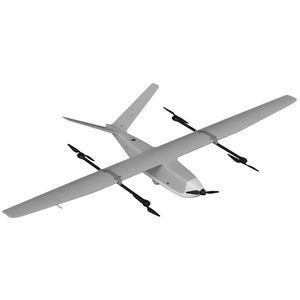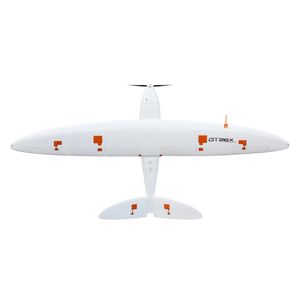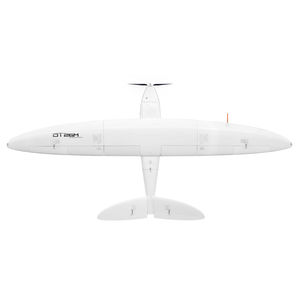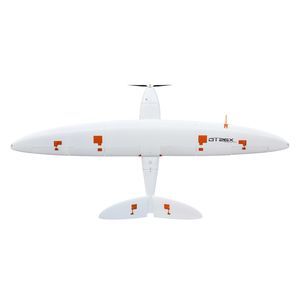
- Drones
- Professional drone
- Professional UAV
- DELAIR-TECH
Industrial drone Hy reconnaissancehelicoptermini
Add to favorites
Compare this product
Characteristics
- Domain
- industrial
- Applications
- reconnaissance
- Type
- helicopter
- Other characteristics
- mini
Description
First of all, it’s a simple observation : electric drones don’t have enough endurance for long-distance flights, they need something more. The solution lies in one of the biggest hopes for the future of the aviation industry : hydrogen. Thanks to fuel cells, it is believed that drones will fly two to three times longer. Indeed, this technology provides an energy density two to three times better than the best lithium batteries. Starting from this assumption, Delair decided to adapt one of its operational drones, the DT26, to be powered by hydrogen : the Hydrone project was born.
Hydrogen-powered drones already existed, but it was mainly used as demonstrators. Delair really had a willingness to associate this technology with its 6 years-long BVLOS certified drone, with its fully operational EO/IR payload in order to make the system operable.
It couldn’t have been done without help
Hydrone was financed by the DGA (French Directorate General of Armaments) through the RAPID grant procedure, which helps projects innovating on both the military and civil market, and includes two parts : the drone and a mini hydrogen station to produce locally the hydrogen to refill it. While the drone is carried out by Delair, the hydrogen station is designed and manufactured by Ergosup, an innovative start up which developed a promising high-pressure hydrogen production process allowing on-site hydrogen supplies.
A highly promising project…
Hydrone is a huge breakthrough for the drone industry, as, compared to the DT26, it is two times more enduring, reaching the flight time of a helicopter. It is also, as the DT26, silent, and so discreet, opposed to combustion engine powered drones.
Catalogs
No catalogs are available for this product.
See all of DELAIR-TECH‘s catalogs*Prices are pre-tax. They exclude delivery charges and customs duties and do not include additional charges for installation or activation options. Prices are indicative only and may vary by country, with changes to the cost of raw materials and exchange rates.







